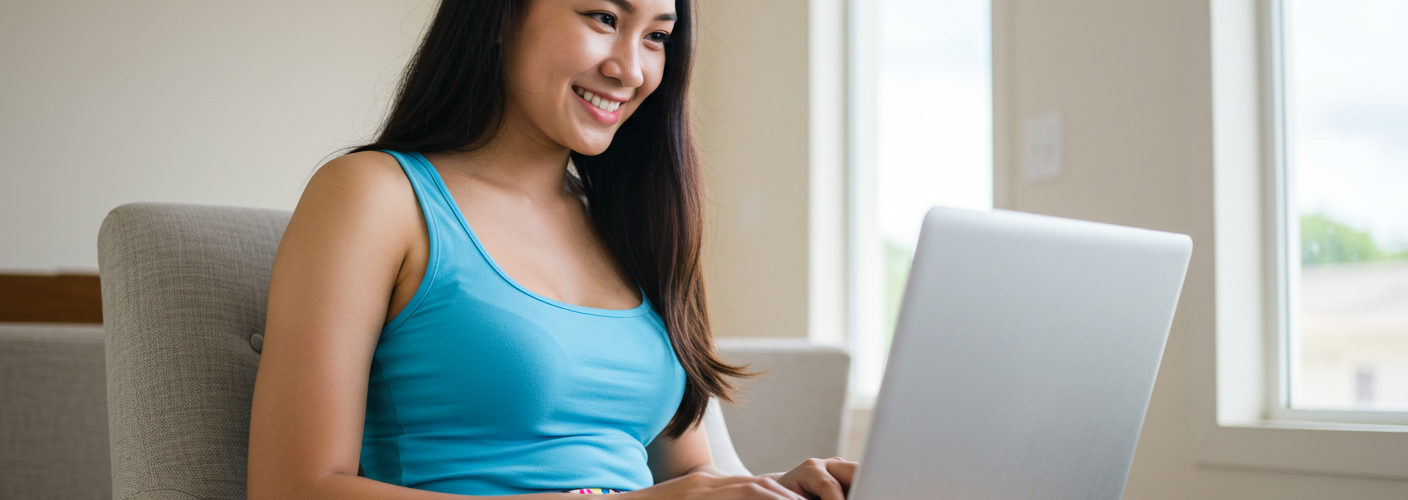Customizing the UI in Windows 11: Tools and Tips
With the release of Windows 11, many users have found themselves navigating a fresh interface that diverges considerably from its predecessor, Windows 10. For those who enjoy personalizing their computing experience—like your mother, who wants her new laptop to feel familiar and comfortable—there are several customization tools available to help tailor the UI to your liking.
Classic Start Menu Alternatives
One of the most significant changes in Windows 11 is the centered Start menu, which has raised eyebrows among users used to its traditional placement. To restore a more familiar look and feel, tools such as Open-Shell (formerly known as Classic Shell) can be incredibly helpful. This application puts a classic-style Start menu back into Windows 11, allowing users to customize the menu’s appearance and functionality to closely mimic Windows 7 or even earlier versions.
Taskbar Tweaks
If your mother enjoyed using the 7+ Taskbar Tweaker on Windows 10, she would be glad to know that similar functionality exists for Windows 11. While 7+ Taskbar Tweaker itself may not be fully compatible, alternatives like TaskbarX allow users to modify the taskbar’s position, icons, and transparency options. Users can center their taskbar icons or even customize the taskbar’s appearance to match their personal preferences.
Windows 11 Debloat Tools
Windows 11 comes with several pre-installed applications and features that some users might find unnecessary or intrusive. Notably, the appearance of ads and recommendations in the Start menu may be bothersome. For a cleaner setup, you can use tools like Windows 11 Debloater. This script can disable or uninstall certain pre-installed apps and features that you may not need, making the operating system light and more tailored to personal use.
Managing Notifications and Widgets
Windows 11 introduces a new notifications system and a dedicated widgets panel, which may not appeal to everyone. If your mother prefers a less cluttered experience, your best bet is to adjust the settings manually. Go into Settings > System > Notifications to turn off notification banners, sounds, and pop-ups. Additionally, you can manage widgets by limiting their visibility or removing them altogether from the taskbar to streamline focus and usability.
Enhancing Accessibility and Visual Tweaks
For users looking to personalize their interface further, Windows 11 allows for a plethora of customization in terms of accessibility and visual styles. Options such as Dark Mode or changing accent colors can be found under Settings > Personalization > Colors. Furthermore, you can explore third-party tools like Rainmeter, which allows users to add widgets and skins to the desktop, providing a rich visual experience.
Future Considerations
As always with Windows, it’s crucial to keep the operating system updated, as Microsoft may change what customization tools can do with each update. When your mother eventually gets her new laptop, take time to explore these options together. This hands-on approach will not only help her transition smoothly from Windows 10 to 11 but also empower her to enjoy a personalized computing environment tailored to her preferences.
In conclusion, while Windows 11 does come with its set of changes, there are numerous tools and methods available to customize the UI significantly, ensuring that your mother’s new laptop can feel just as familiar as her current one.





Add comment